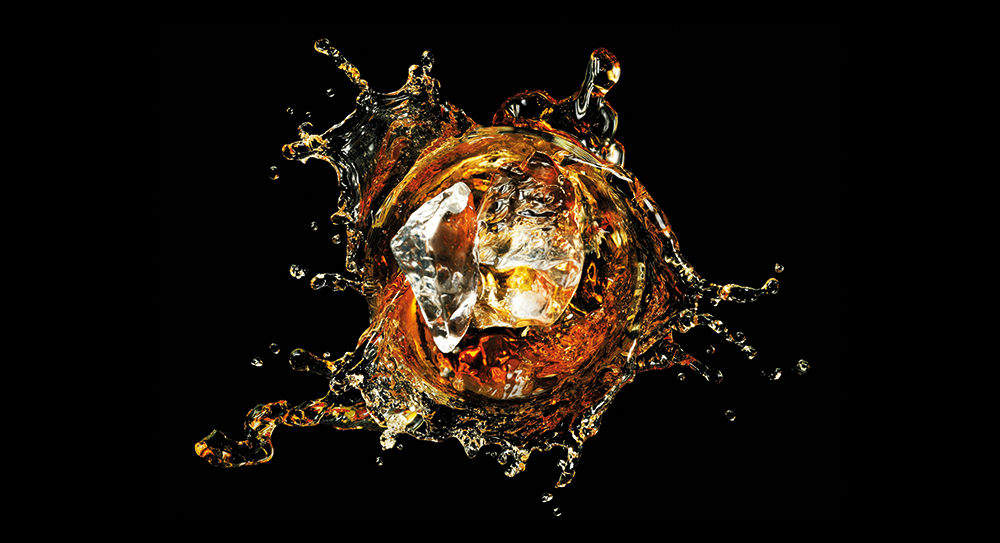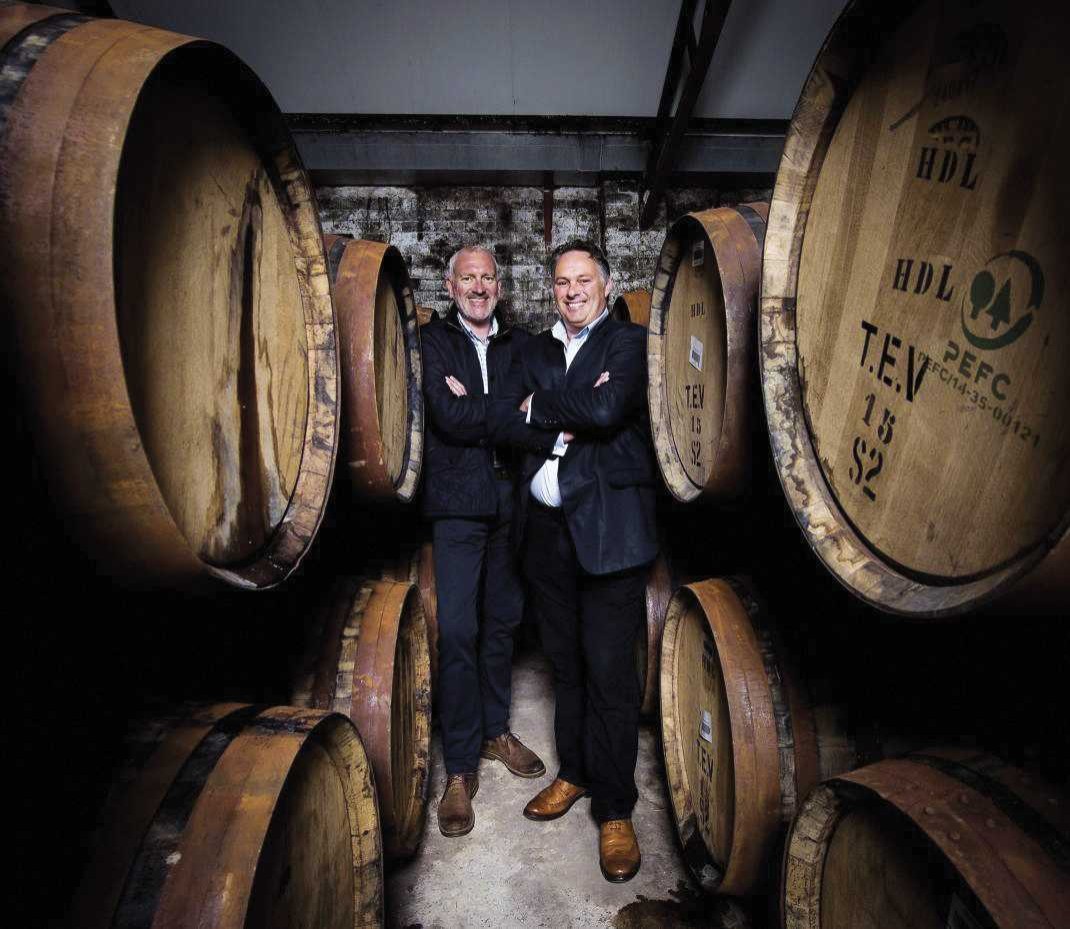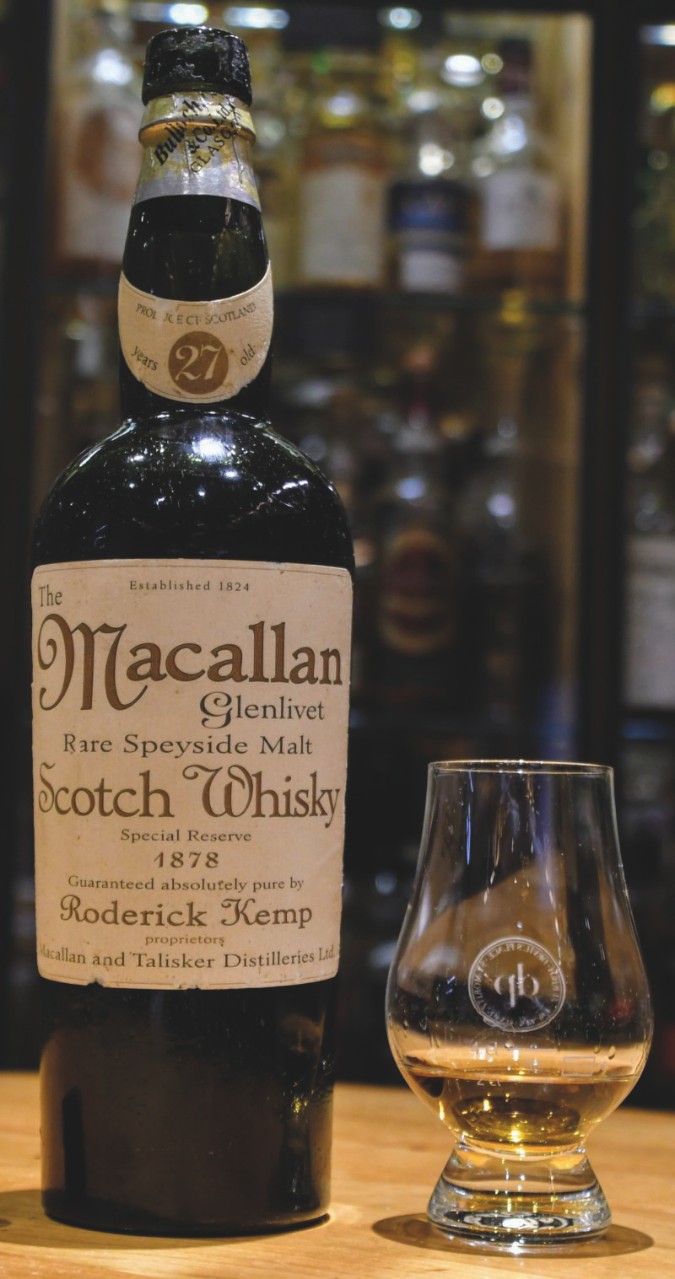Counterfeit vintage whisky is a scourge of high-end bars and auction houses around the world. Ian Valentine speaks to the whisky sleuths fighting to protect the good name of Scotland’s most famous export.
When Chinese millionaire Zhang Wei paid just over US$10,000 for a single shot of vintage Scotch whisky at a hotel bar in Switzerland, he was delighted with the taste. The problem, as he later discovered, was that the liquid in his glass was a worthless fake. After suspicions were aroused, analysts in Scotland quickly proved that the dram (priced 10,000 Swiss francs) of 1878 Macallan had been distilled almost a century later than the label on the bottle claimed.
As prices for rare whisky have rocketed, fuelled by rising popularity in Russia, India and the Far East, so the market has opened up for counterfeiters and bootleggers with the skills and knowledge to take advantage. Some unsuspecting collectors are paying thousands of dollars in the world’s leading auction houses to buy extremely desirable liquor, when actually it’s just cold tea or $15-a-bottle blend. The bad guys are getting smarter, but so too is the policing by whisky makers, auction houses and dealers who are all determined to protect the reputation of their product.

If any whisky or wine is suspected of being hooky, then it will likely end up in the laboratories of Tatlock & Thompson, Scotland’s foremost biochemical analysts of booze. Founded in 1891 to counteract the “adulteration” of food and drink in Glasgow, the company has tested the authenticity of whisky for the last 125 years.
“Making and selling illegal spirits, whether whisky or gin, is an old profession,” said Dr Harry Riffkin, owner of Tatlock & Thompson, who ran the tests on the offending Macallan, at a hotel in the Swiss ski resort of St. Moritz. “In Victorian times, the shabeens [illicit drinking dens] were infamous in Glasgow, serving punters with cheap, duty-free alcohol. Techniques were rough. A counterfeit whisky might have been methylated spirits coloured with cayenne pepper, itself cut with red lead. The crooks didn’t care, and nor did the drinkers, for that matter.”
Today it’s the stories about fake expensive malts that generate headlines. But, as Riffkin explains, there are huge profits to be made in counterfeiting whisky for the mass market. “We’ve had very realistic fakes of household brands brought to us from Asia, which we’ve shown to be cheap vodka doctored with artificial colourings and flavourings.”
The tasting notes on a bottle provide a handy recipe for the fraudsters: hints of vanilla, a touch of sea salt, a lingering honey finish. “It’s just the way of things, sadly,” Riffkin adds. “If there’s a profit to be made, the fraudsters will muscle in. There are some very talented artists out there too – it’s no different to forging banknotes or faking cigarette packets. I’ve heard it said that an opened bottle is now worth more than an unopened one, because at least you know it’s real. If you’re serious about collecting whisky then you’re better off buying a cask and laying it down in a bonded warehouse.”



